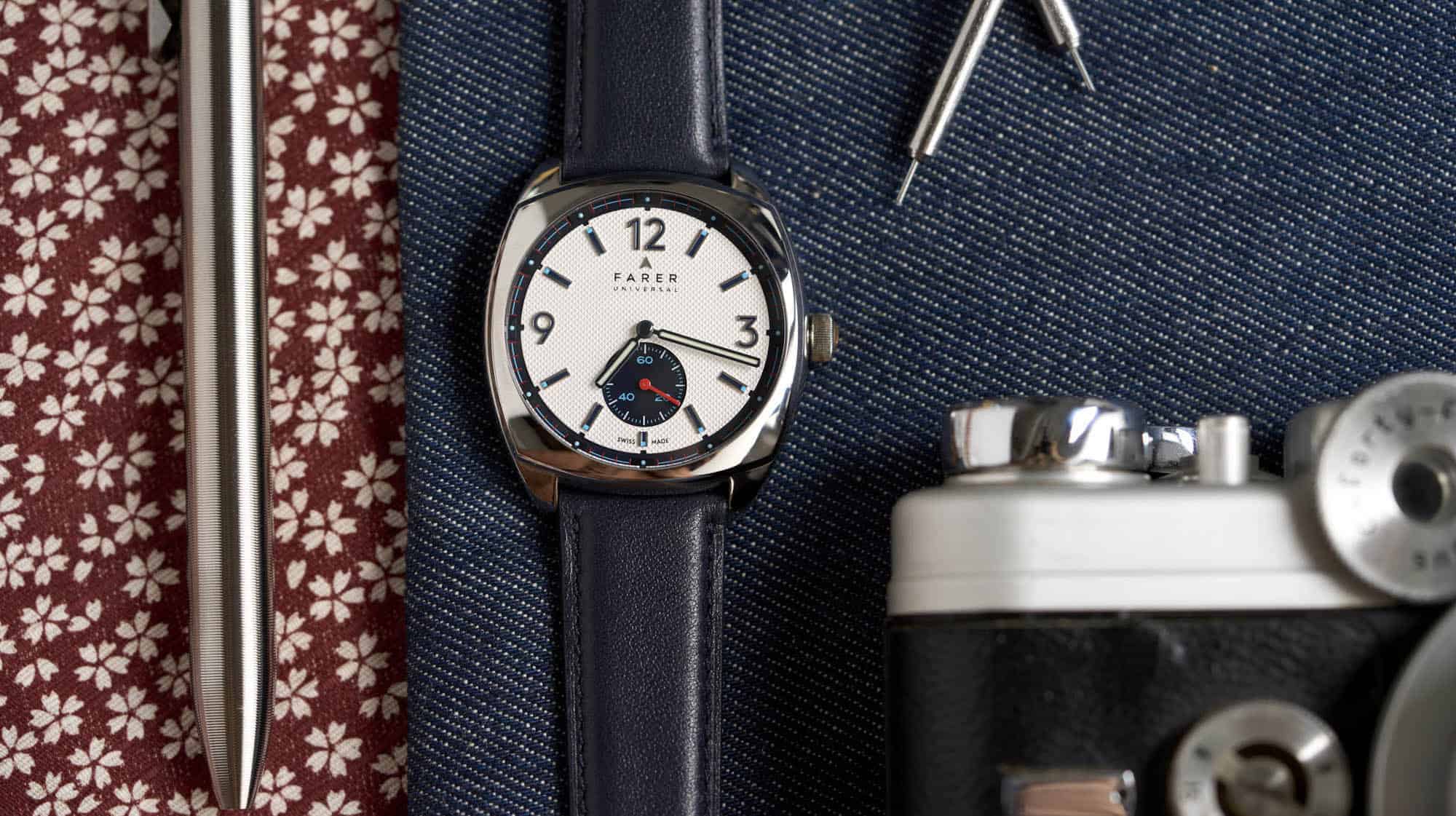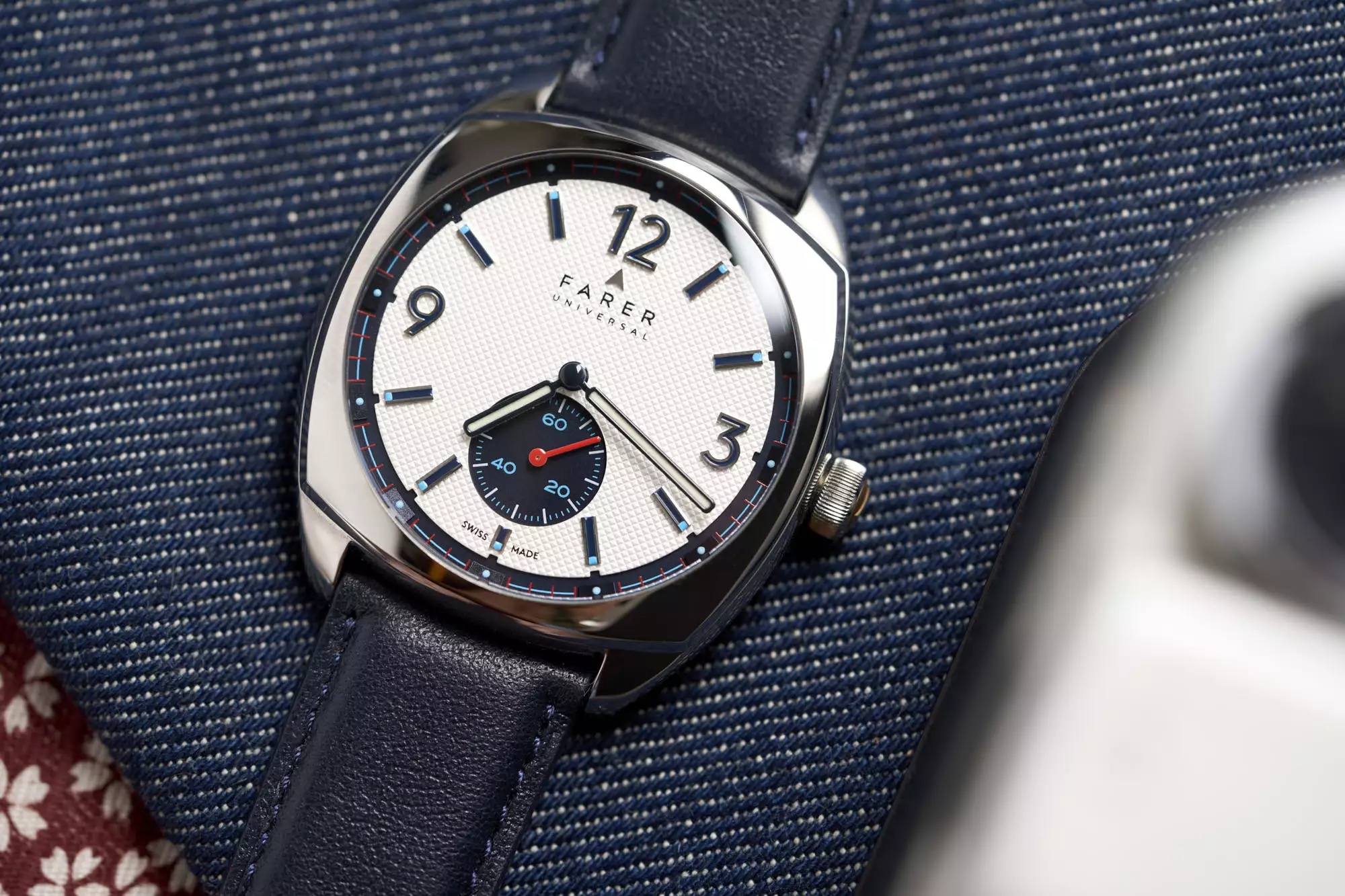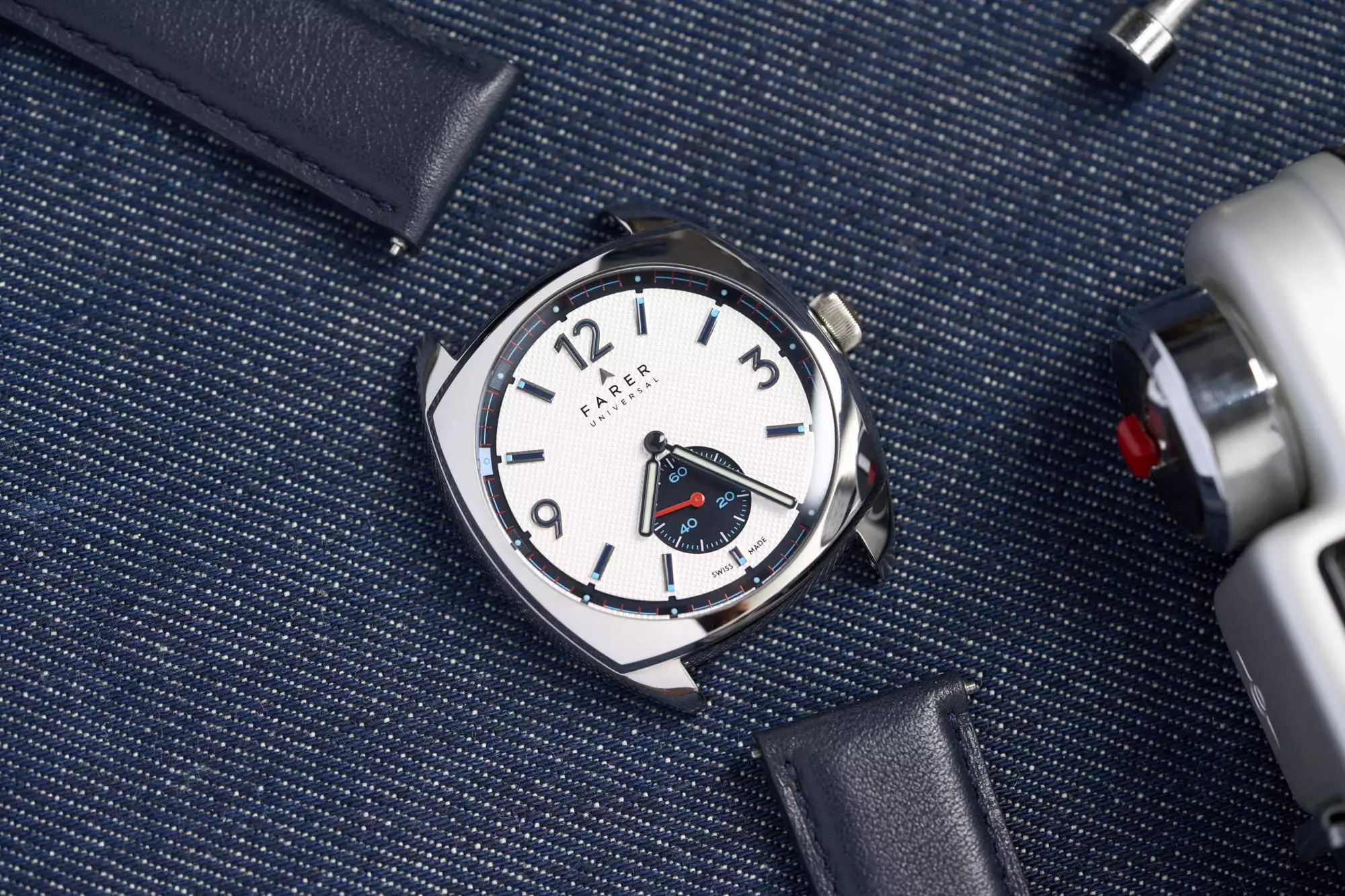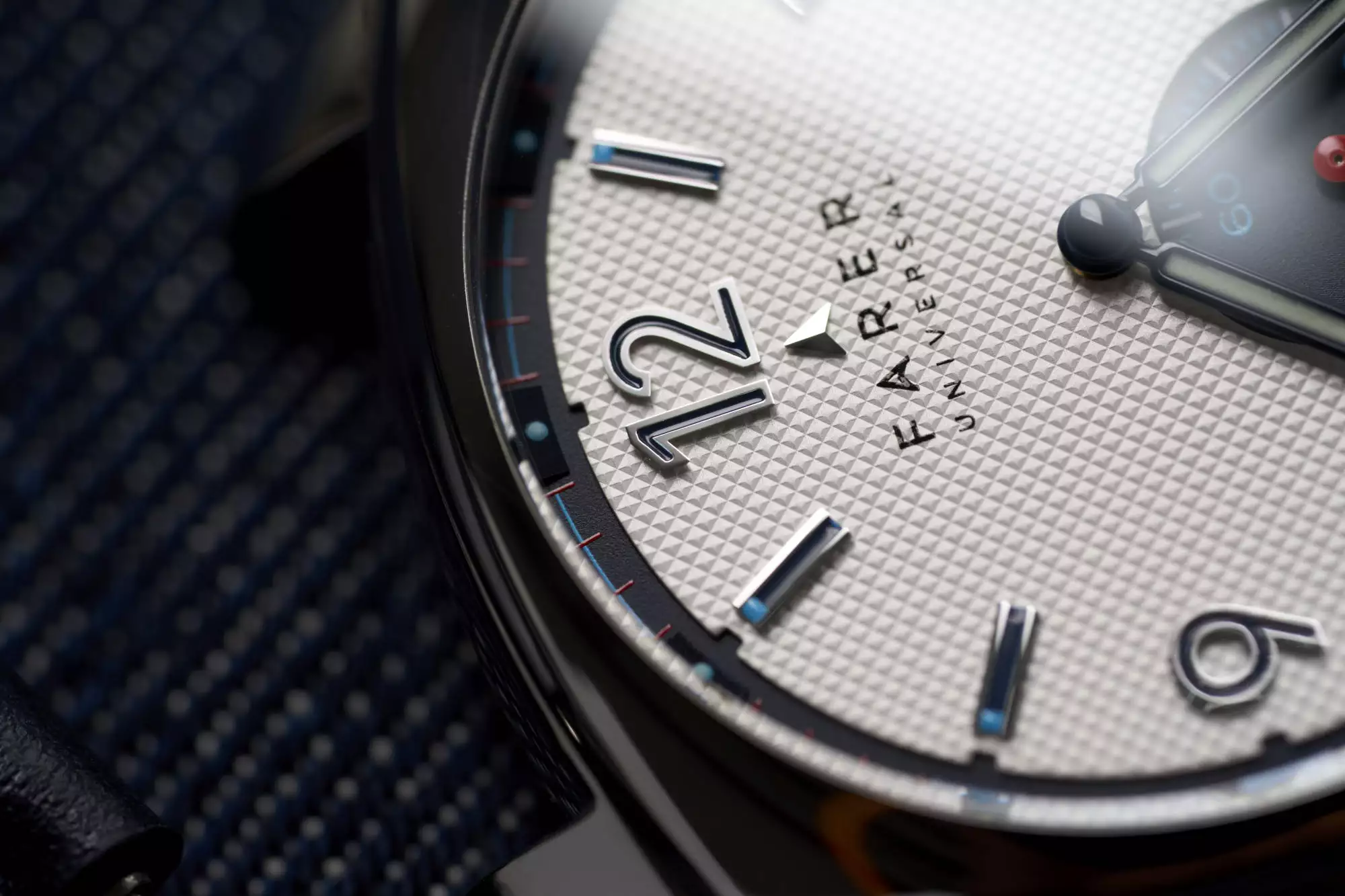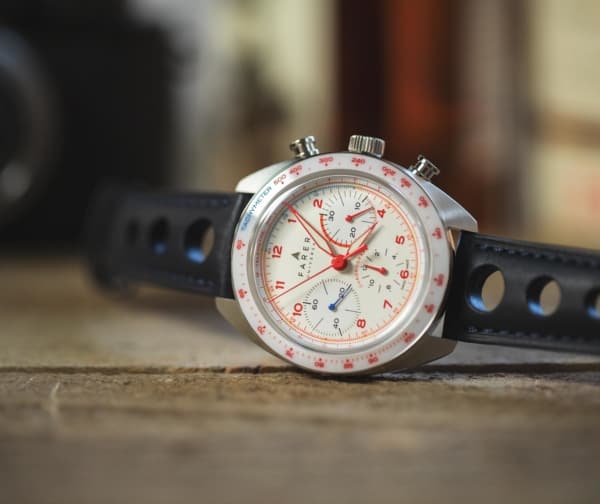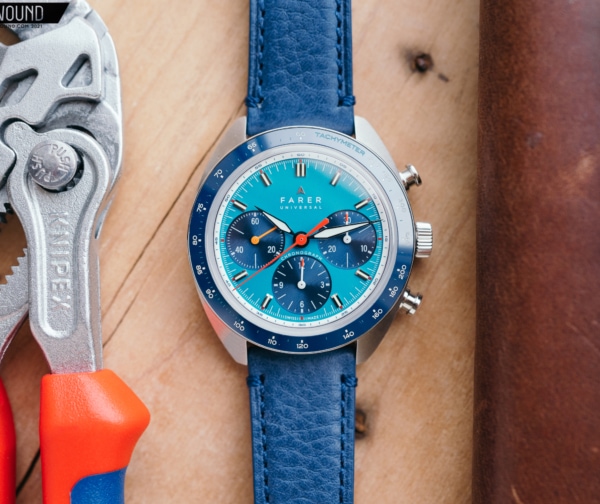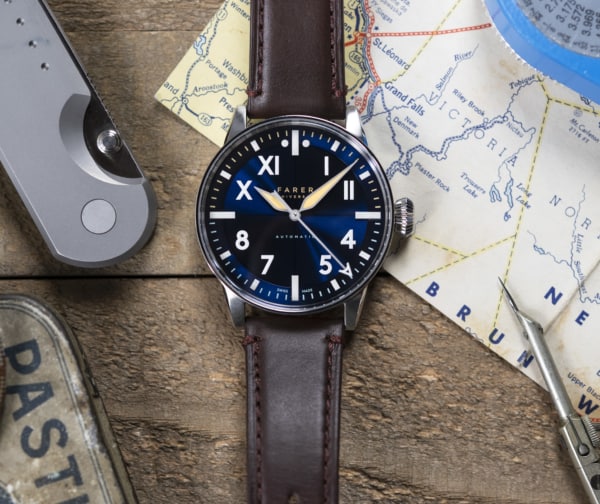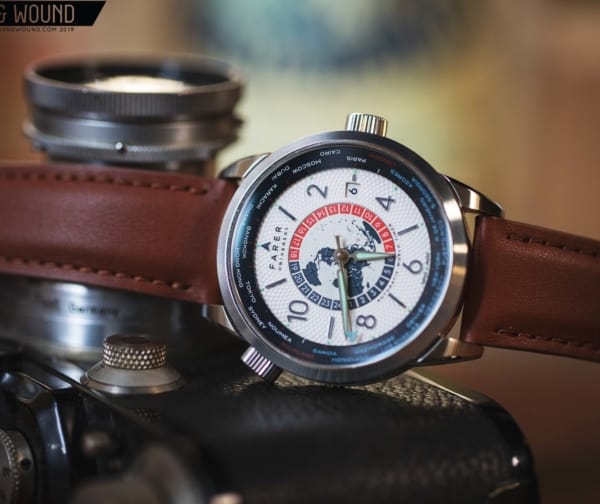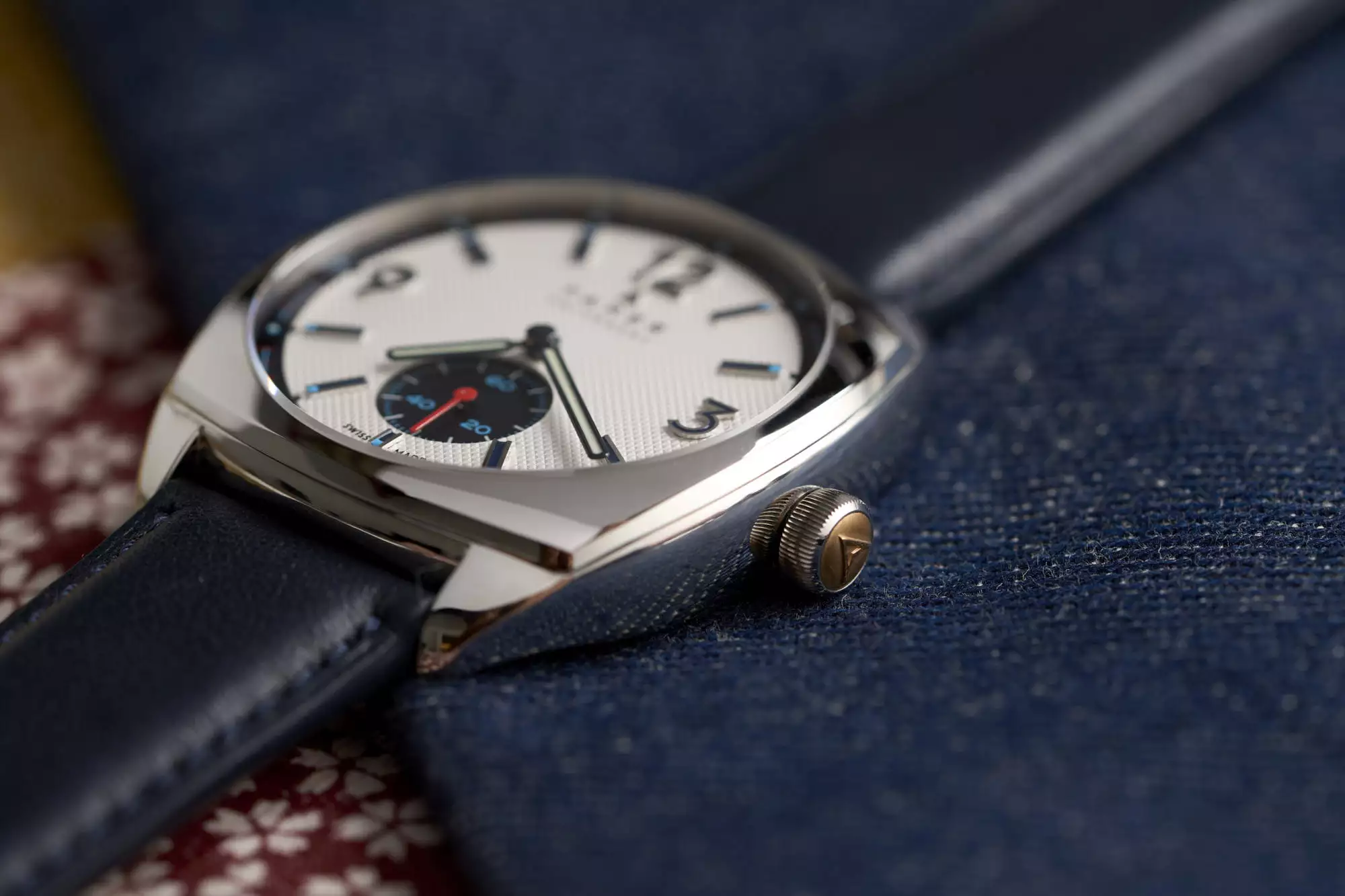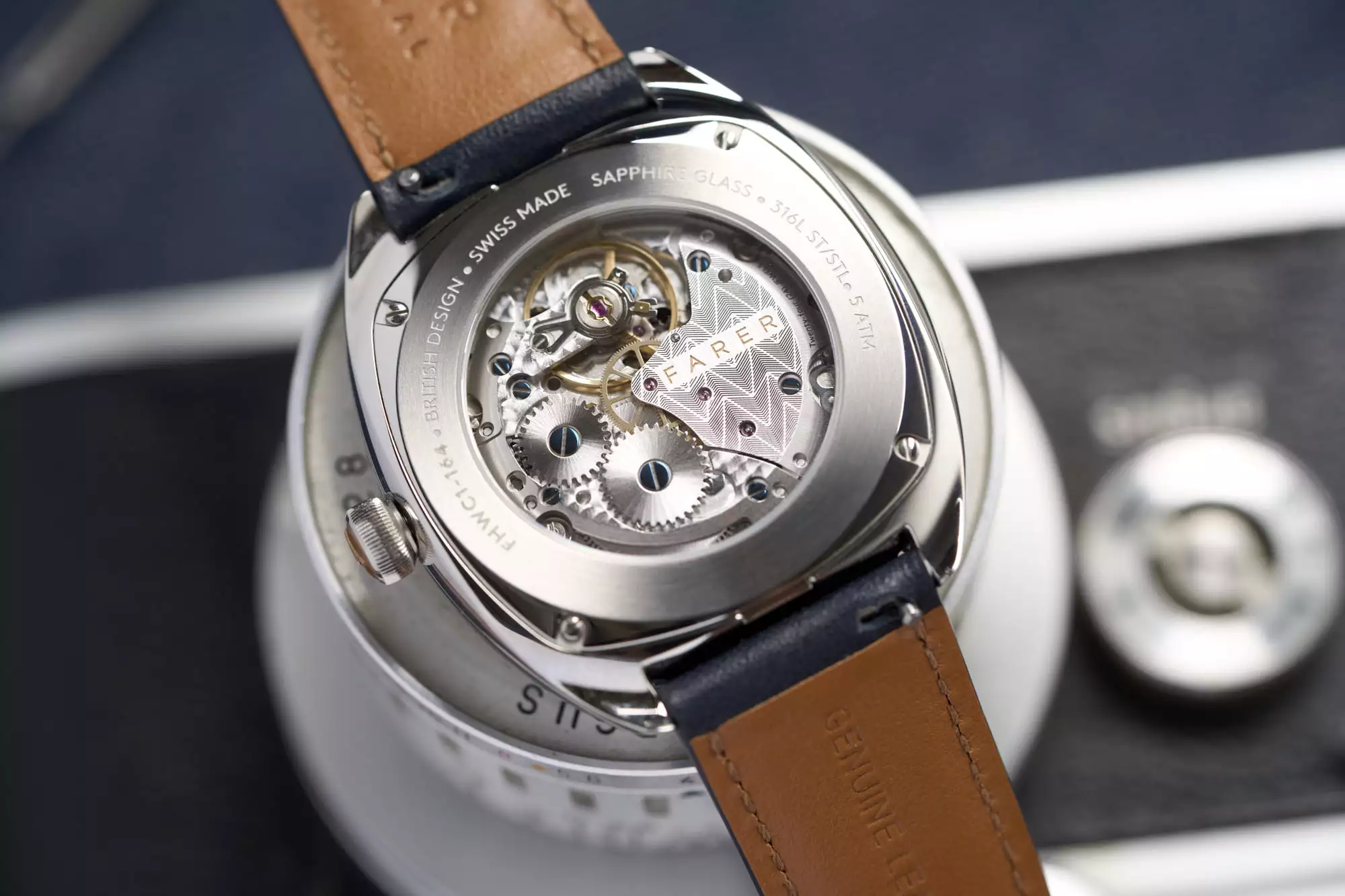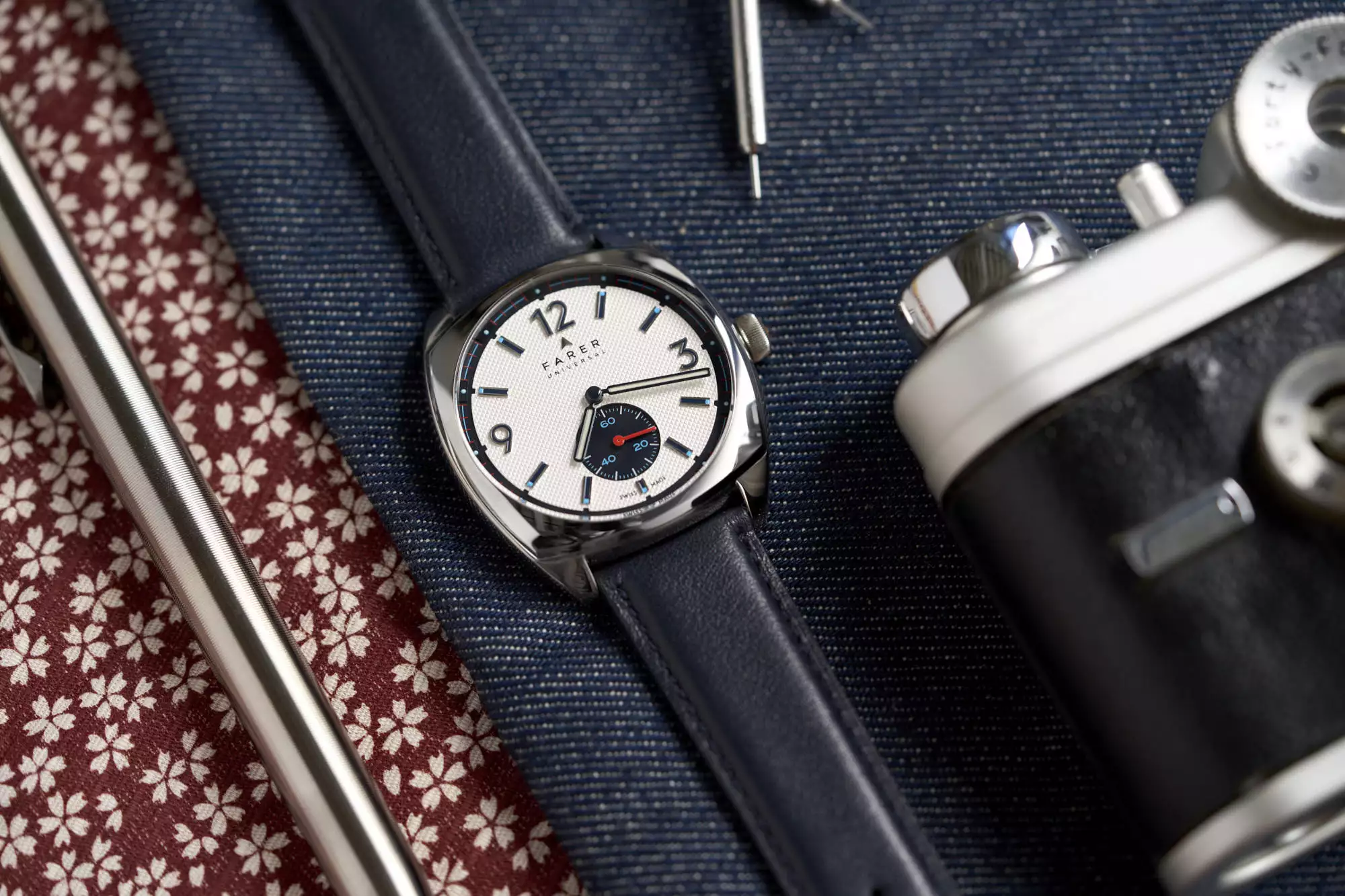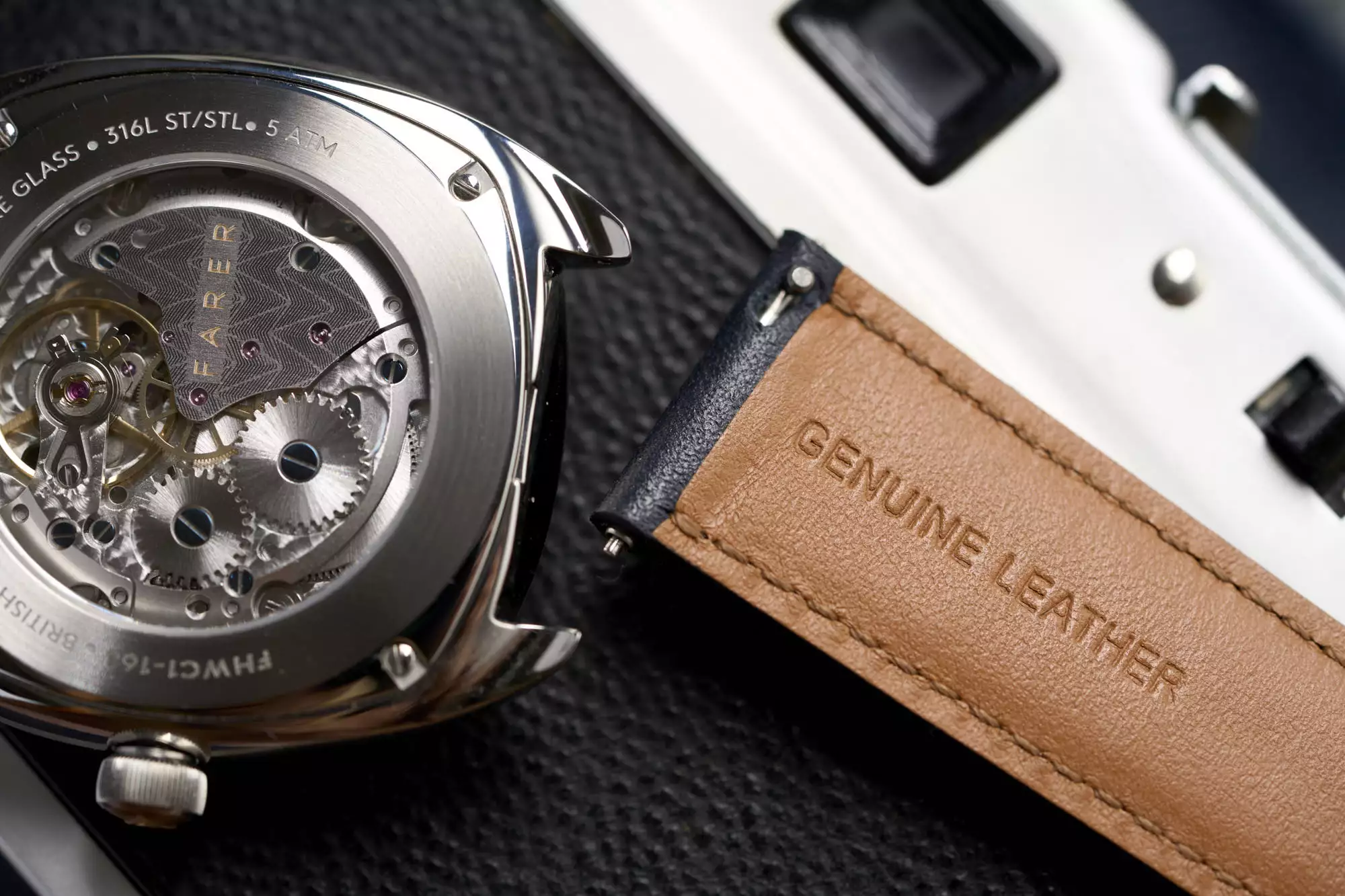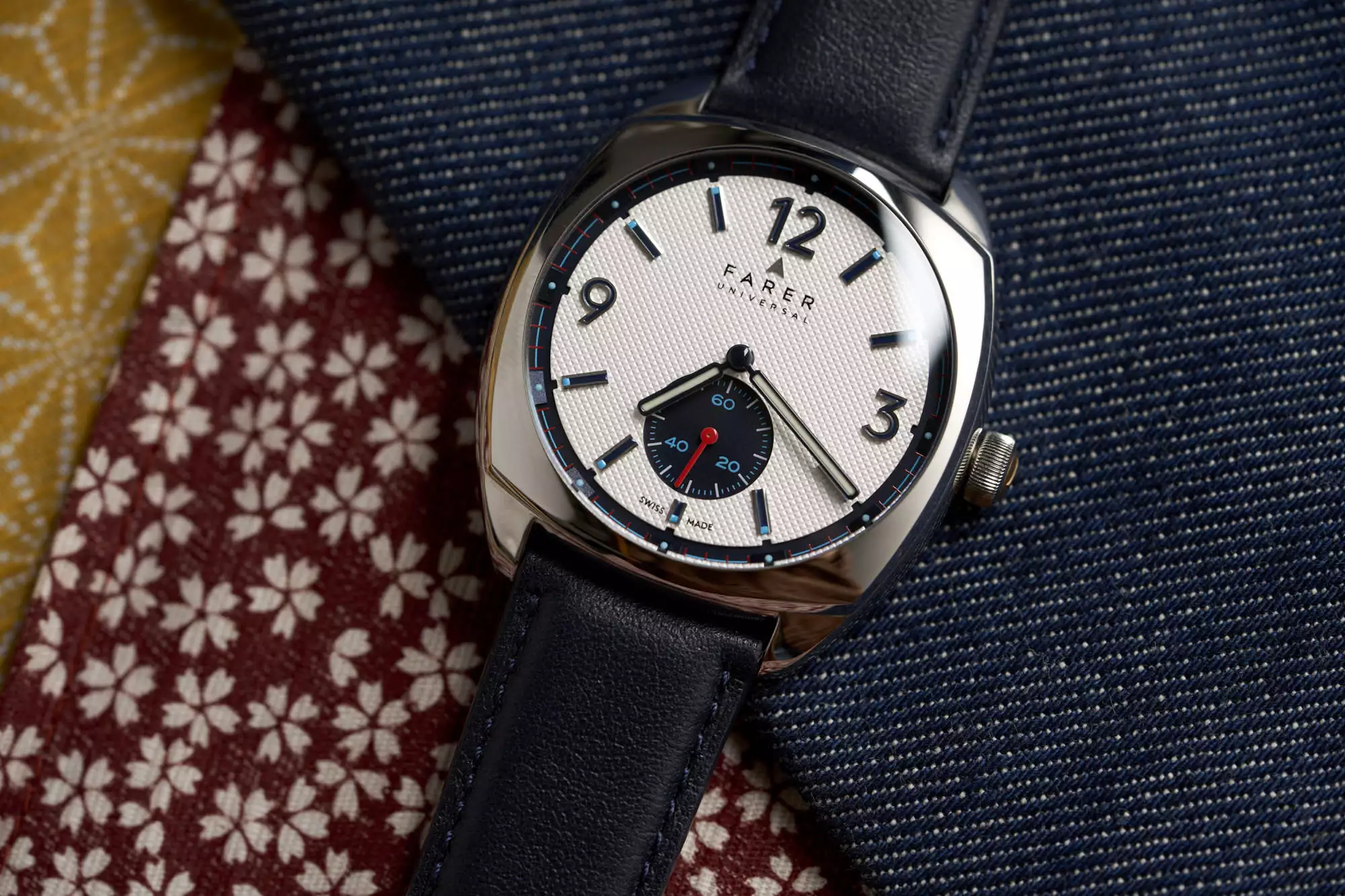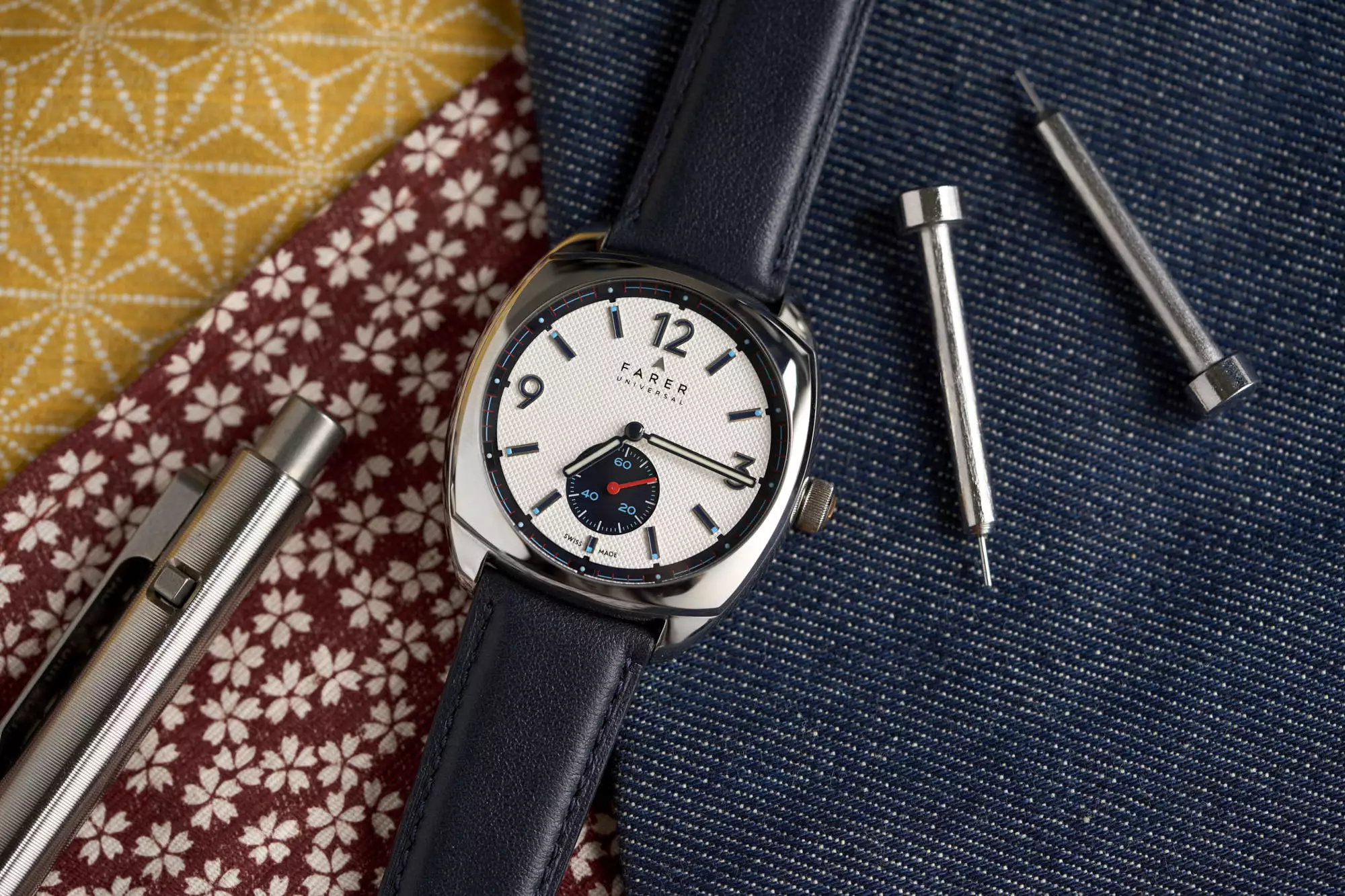There’s something about summer that lends itself to the sequel. Things are relaxed, you’re taking time off of work, and your brain is shut off – there’s something comforting about returning to a world you’re familiar with. You know that you’re not going to be overly challenged by Top Gun: Maverick, but you’ll be entertained, and the instant familiarity with the characters, plot points, and musical cues will surely release endorphins. It’s the same with watches, right? At least it feels that way with the new Stanhope II by Farer, a sequel of sorts to the original Stanhope that was a hit in the brand’s early days. The new version is a whole lot like the first one aesthetically, and the changes made are subtle as opposed to a major reworking, but unlike the typical movie sequel, it would be hard to argue that the second Stanhope isn’t an improvement on the original. We’re in Godfather Part II territory here.
Farer is a brand that makes somewhat non-traditional watches. Their designs are led by unexpected color combinations, usually in sporty cases, and sometimes with unusual complications and movement selections. There is a boldness that’s built into their design language at this point, and I think when people consider the brand, it’s usually in the context of a loud color choice. The Stanhope, then, is atypical for Farer, but perhaps more traditional compared to other contemporary watches that also draw from vaguely vintage design prompts.









 Featured Videos
Featured Videos




